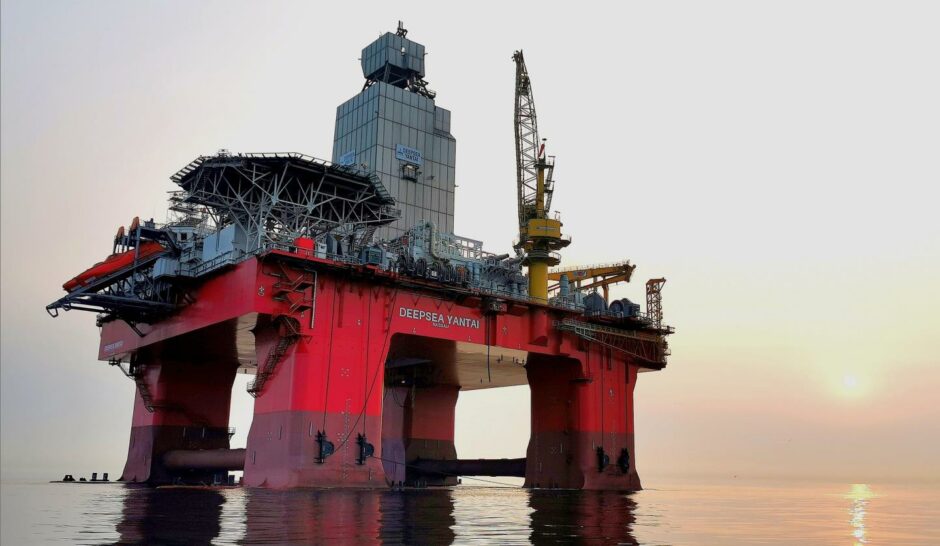
Operator Neptune Energy has struck oil and gas at the Hamlet exploration wells in the Norwegian North Sea.
In-place volumes – the total amount calculated to present – discovered in the Hamlet structure are estimated to be in the range of 5-11 million standard cubic metres (MSm3) or 30-70 million barrels of oil equivalent (mmboe).
Work is continuing to confirm potential recoverable resources, but Neptune’s preliminary estimate is 8-24 mmboe.
Located 36 miles west of Floro, Norway, at a water depth of 358 metres, Hamlet will be considered as a tie-back to the Neptune-operated Gjoa semi-submersible platform.
It is a new discovery in the Gjoa area, where Neptune already operates two fields.
The Wintershall Dea-operated fields Vega and Nova are also tied back to the Gjoa platform.
Neptune operates Hamlet with a 30% stake, while the remaining interests are split between Petoro (30%), Wintershall Dea (28%) and OKEA (12%).
Odin Estensen, Neptune’s managing director for Norway and the UK, said: “This discovery is in line with Neptune’s strategy to focus on exploration around existing hubs, enabling us to fast-track development, and to keep costs down and carbon emissions low. A potential field development would build on our experiences from recent successful developments of the Duva field and Gjøa P1 segment.”
The drilling program for Hamlet was carried out by the Deepsea Yantai, a semi-submersible rig, and comprised a main-bore with a side-track.
Both wells found hydrocarbons, and the sidetrack confirmed an oil/water contact at 2662 metres total vertical depth.
Neptune and its partners have initiated studies to consider development options for the discovery.
The company’s director of exploration and development in Norway, Steinar Meland, added: “The Hamlet exploration well confirms the extended potential of the Agat play, previously only developed and produced in the Neptune-operated Duva Field. Neptune plans to drill a further exploration well, the Ofelia prospect, in the same play later this year.”
Recommended for you

